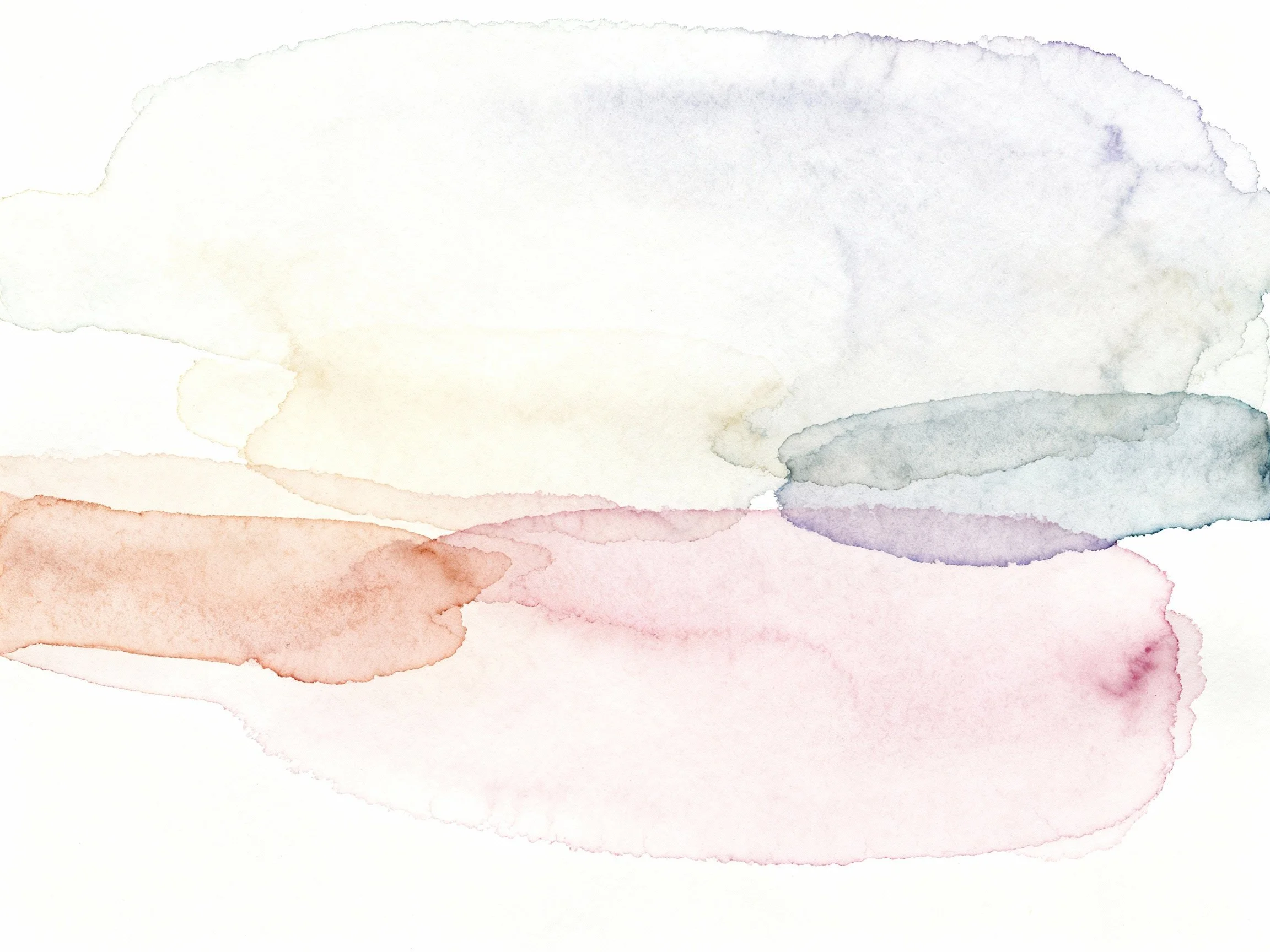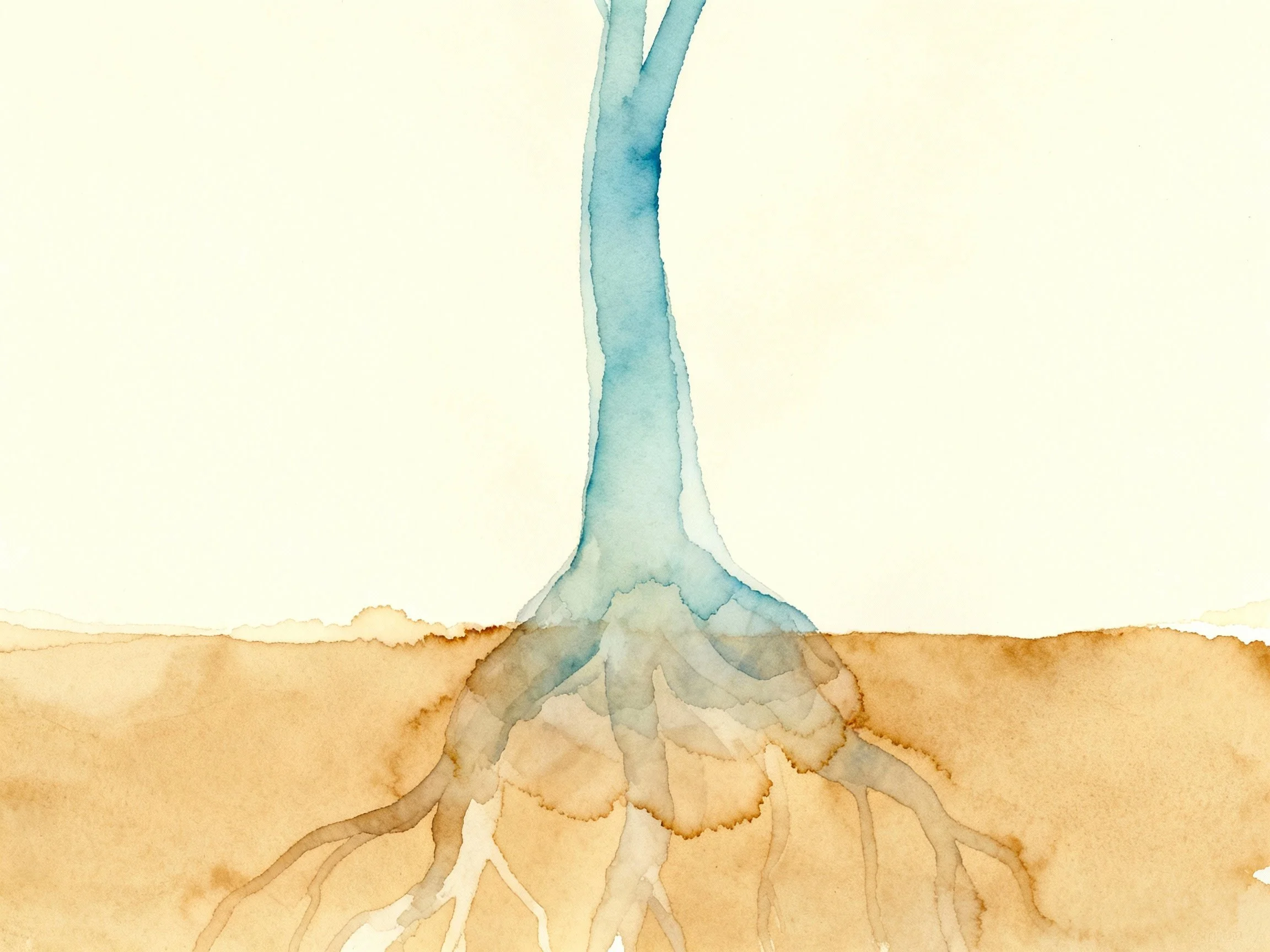Letting Go: The Practice of Non-Attachment and Freedom

We spend so much of our lives holding on—to beliefs, to relationships, to versions of ourselves that no longer serve us, to outcomes we can't control, to hurts from years ago. We grip these things so tightly that our hands cramp and we forget we're even holding them.
Letting go is the seventh foundational attitude of mindfulness, and in many ways, it's where all the other attitudes culminate. It's the natural result of practicing non-judging, patience, beginner's mind, trust, non-striving, and acceptance.
What Letting Go Really Means
Letting go doesn't mean not caring or becoming detached in a cold, indifferent way. It means releasing our tight grip on how we think things should be, letting experiences arise and pass without clinging to the pleasant or pushing away the unpleasant.
Think of it like this:
- •Holding sand with an open palm (it stays) vs. gripping it tightly (it escapes through your fingers)
- •Loving someone with open hands (they can be who they are) vs. clutching them (they pull away)
- •Allowing thoughts to pass like clouds (they come and go) vs. grasping them (they stick around)
Kabat-Zinn describes it as "non-attachment. We simply let go of our tendency to want to hold onto or reject different experiences."
The Difference Between Letting Go and Giving Up
It's important to distinguish between letting go and giving up. Giving up is passive resignation—a collapse into helplessness. Letting go is an active choice to release what we cannot control while engaging fully with what we can. It's the difference between surrendering to despair and surrendering to reality.
For example:
- •Letting go: "I've done what I can for this project. I'll release my attachment to the specific outcome and remain open to what unfolds."
- •Giving up: "This is hopeless. Nothing I do matters anyway. Why bother trying?"
Letting go doesn't mean abandoning your values or ceasing to care. It means caring deeply while holding things lightly.
Understanding Letting Go Through Examples
Learning to recognize the difference between holding on and letting go is the first step in cultivating this attitude. Let's explore what this looks like in practice.
What Letting Go Looks Like
I notice I'm replaying this conversation, wishing I'd said something different. The past is past. I can learn from it and release my grip on changing what's already happened.
What Letting Go Is NOT
I can't believe I said that. If only I could go back. I keep thinking about what I should have said. Maybe if I replay it enough times, I'll feel better.
When we approach the past with letting go, we create space for the present rather than staying imprisoned by what we cannot change. This same principle applies to our need for control.
Releasing Control Mindfully
I've prepared as best I can for this presentation. I'll do my part skillfully and let go of controlling every detail of how it's received.
Clinging to Control
I need to plan for every possible question, every scenario. If I can just control all the variables, nothing will go wrong. I can't let anything be uncertain.
Common Misconceptions
Letting go means not caring or becoming passive
Letting go doesn't mean you stop caring or become indifferent. You can care deeply while holding things lightly. You can work toward goals, love fully, and engage passionately—all while releasing attachment to specific outcomes. The difference is in the quality of your grip: open-handed care rather than white-knuckled control.
It means letting people walk all over you
Letting go of control or resentment doesn't mean accepting harmful behavior. You can set boundaries, remove yourself from toxic situations, and protect your wellbeing while releasing the grip of anger or the need to punish. Non-attachment to outcomes is not the same as having no boundaries.
It's the same as giving up
Giving up is passive resignation. Letting go is active acceptance of reality while choosing where to direct your energy. You give up when you collapse in helplessness. You let go when you recognize what's beyond your control and wisely invest in what isn't.
You have to let go of everything all at once
Letting go is a practice, not a one-time event. You don't need to release every attachment overnight—that would be striving! Start with one breath, one thought, one small release. Some things you'll let go of easily; others may take years. Each moment is an invitation to practice. This one too.
Understanding what letting go is not can be just as important as understanding what it is. These misconceptions often prevent people from truly engaging with the practice. Remember, letting go is about releasing your grip with wisdom and compassion, not about becoming passive or uncaring.
Applying Letting Go in Daily Life
The real test of letting go comes in our everyday moments. Here are practical ways to integrate this attitude into different areas of your life.
Release Perfectionism
Notice when 'perfect' becomes the enemy of 'done.' Can you let go of needing everything flawless and embrace good enough?
Outcome Attachment
After preparing thoroughly for a pitch or presentation, practice releasing your grip on the specific outcome. You've done your part.
Old Work Identity
When your role changes, can you let go of being 'the person who always does X' and open to new possibilities?
Control Over Process
In team projects, notice the urge to micromanage. What happens when you let go and trust others' approaches?
Past Mistakes
When you remember an old work error, acknowledge it, extract the learning, then consciously release your grip on the regret.
Recognition Needs
Do good work for its own sake. Let go of attachment to praise, acknowledgment, or credit. What remains when those fall away?
Quick Practices You Can Try Today
The Release Breath
Notice what you're holding onto—a thought, worry, tension, grudge. As you inhale, acknowledge it's there. As you exhale, imagine releasing it like opening your hand. You can even physically open your hands as you breathe out. Repeat three times.
The Leaf on a Stream
When thoughts arise during meditation or daily life, visualize each one written on a leaf floating down a stream. Watch them drift by without jumping in after them. This is letting go in real time—not pushing thoughts away, but not clinging to them either.
The Daily Let-Go
Each night before sleep, identify one small thing you can let go of:
- •A grudge from today
- •A worry about tomorrow
- •A regret about the past
- •A need to be right
- •An expectation of someone
- •A judgment of yourself
Then consciously release it. Say internally: "I release my grip on this. I let it go."
Frequently Asked Questions
What does letting go mean in mindfulness?
Letting go in mindfulness is the practice of releasing our grip on thoughts, feelings, experiences, and outcomes—not because we don't care, but because holding on causes suffering. It's recognizing when we're clinging to something and consciously choosing to relax that grip. Like unclenching a fist that's been closed so long you've forgotten you're holding anything. Letting go doesn't mean throwing something away; it means holding it lightly enough that you can respond wisely rather than react from attachment.
How do I let go of painful memories?
Letting go of painful memories doesn't mean forgetting them or pretending they didn't happen. It means changing your relationship with them. Instead of replaying the memory with the same emotional charge over and over, you practice noticing when you're gripping it and asking: "Is holding onto this serving me right now?" The memory may still arise, but you don't have to feed it your attention and energy. Like a guest who visits but doesn't move in permanently. Over time, the memory loses its power to hijack your present moment.
What if I'm letting go of someone I love?
Letting go of someone doesn't always mean ending the relationship—sometimes it means releasing your attachment to who you think they should be, or releasing the story you've been telling about the relationship. Other times, it does mean acknowledging that someone is no longer healthy to have in your life. Both require recognizing that holding on is creating suffering. The practice is to hold love and grief together: you can love someone and still recognize that attachment to them is causing pain. Letting go with love is one of the most profound practices.
Isn't letting go just avoiding or repressing difficult feelings?
No—letting go is the opposite of avoidance. True letting go requires first fully acknowledging and feeling what's there. You can't let go of something you won't look at. The process is: recognize what you're holding, feel it fully without the story, then consciously release your grip on it. Avoidance says "I won't look at this." Letting go says "I see this clearly, I've felt it, and now I'm choosing not to carry it anymore." It's a conscious choice born from awareness, not a fearful running away.
How do I know if I've really let go?
You'll know you've let go when you can think about something without the same emotional charge, when you stop trying to control an outcome, or when you notice more space and ease in your experience. True letting go doesn't happen through force—it's more like ice melting than a door slamming shut. You might find yourself less reactive, less attached to being right, more open to what is. And remember: letting go isn't usually a one-time event. You may need to practice letting go of the same thing many times before it truly releases its grip.
Reflection Questions
What am I holding onto that no longer serves me?
What am I afraid will happen if I let this go?
Where in my body do I feel the grip of holding on?
Can I recall a time when letting go led to unexpected freedom or peace?


